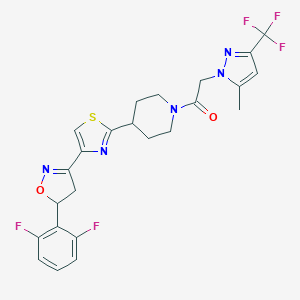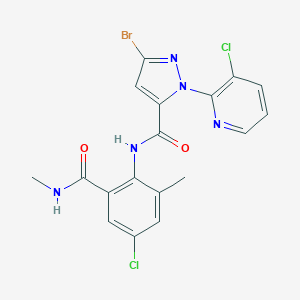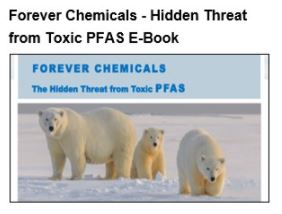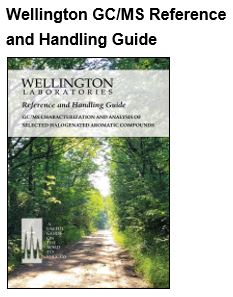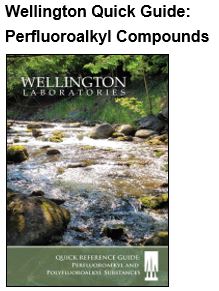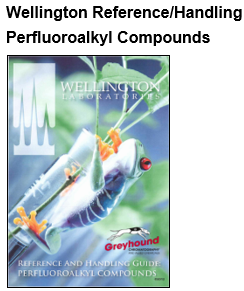New Lipstick Analysis Technique May Help Police Track Down Criminals
Researchers developed a new lipstick analysis method that can help investigators generate leads faster and track down criminals. This new technique can effectively lift lipstick residues from various surfaces and use gas chromatography to analyze the samples.
In recent years, forensic scientists tested many techniques to effectively lift lipstick samples from crime scenes. Unlike what is seen on TV shows or movies, investigators can't just send an evidence to a lab, and in just a matter of days get results that will help track down the bad guys or identify the victim.
In real life, collecting samples and analyzing its chemical makeup takes longer, and they don't come cheap. Current techniques involve the painstaking removal of the lipstick residue and examining them using X-ray diffraction or Raman spectroscopy.
Both require not just specialized equipment, but also distinctive training. Unlike in TV shows, many under-funded forensic laboratories are in short-supply of these two.
A research team from Western Illinois University developed a better way to extract the lipstick residue. Led by researcher Bethany Esterlen, the two-step method involved adding an organic solvent to remove the majority of the lipstick's wax and oil content first. Second, they lift the remaining residue by adding a basic organic solvent.
"Right now we are just lifting samples off of paper, but in the future we are hoping to use different articles and media that could be found at a crime scene," said Brian Bellott, Ph.D., whose lab was utilized in the research.
Chromatography is the process of separating a mixture by allowing it to pass through a solution or a suspension. In gas chromatography (GC), the mixture passes through a vapor. The team also tested thin layer chromatography (TLC) and high performance liquid chromatography (HPLC) in the study.
They found that GC works best. Each lipstick brand has a unique organic molecule structure that provides different chromatography signals.
The team compiled a library of known lipstick brands. Using the lifting technique and chemical analysis method, the researchers can identify the brand of lipstick used. In potential real life setting, the identity of the lipstick brand can help investigators track down a suspect.
The research was presented at the 251st National Meeting & Exposition of the American Chemical Society on Sunday.
Article By Katherine Derla, Tech Times | March 16
Established in 1962 Chem Service is the largest independent supplier of Analytical Reference Materials and the original source of small quantities of organic chemicals. Chem Service also has over 2,000 Pesticide Standards, including Pesticide Standards for Cannabis in its catalogue. Chem Service offers Custom made Standards manufactured to your specific requirements, all standards are accredited to ISO 17043:2016; ISO/IEC 17025:2005; ISO 9001:2015 Quality Management System.
Over 95% of Chem Services’ neat Standards Grade materials have a purity of 98.0% or greater.
Chem Services’ worldwide customers are found in the chemical, government, food quality, agricultural and life science research communities.
Pesticide Reference Standards recently added to our website:
2,3',4',5-tetrabromodiphenyl ether(BDE 70) Solution (CAS # 446254-39-3)
o,o,o-Tripropyl thiophosphate (CAS # 2272-08-4)
2,6-Dibromobiphenyl ether (BDE 10) Solution (CAS# 51930-04-2)
Uses: Flame retardant
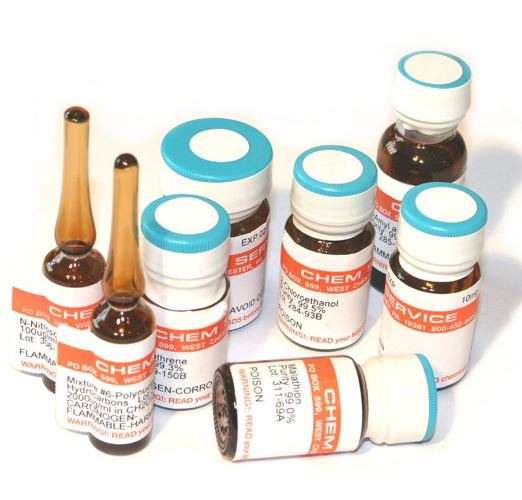
Oxathiapiprolin (CAS# 1003318-67-9)
Part Number : N-14266-10MG
CAS#: 1003318-67-9
Chemical formula: C24H22F5N5O2S
Pesticide type: Fungicide
Substance group: Piperidinyl thiazole isoxazoline
Mode of action: Systemic, preventative with residual disease control. It acts via an oxysterol binding protein.
2-Bromodiphenyl ether (BDE 1) Solution (CAS# 7025-06-1)
Chlorantraniliprole (CAS # 500008-45-7)
Part #: N-11422-25MG
Cas: 500008-45-7
Molecular Formula: C18H14BrCl2N5O2
Pesticide type: Insecticide
Substance group: Anthranilic diamide
Mode of action: Exhibits larvicidal activity as an orally ingested toxicant by targeting and disrupting the Ca2+ balance; Ryanodine receptor (Group 28)
Chlorantraniliprole Solution (CAS # 500008-45-7)
Part Number: S-11422A1-1ML
Cas: 500008-45-7
Please visit our website to see pricing for Chem Service products. You may benefit from a discount to the prices shown if you are placing orders for multiple items, please contact sales@greyhoundchrom.com for a quotation. Please note you will be required to register to the website in order to view prices.
CONTACT US
Tel: +44 (0) 151 649 4000
Email: marketing@greyhoundchrom.com
FOLLOW US
YOU MAY ALSO BE INTERESTED IN OUR NEWSLETTER

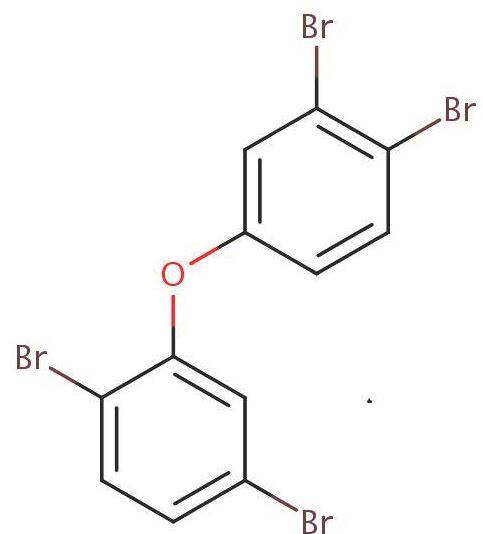

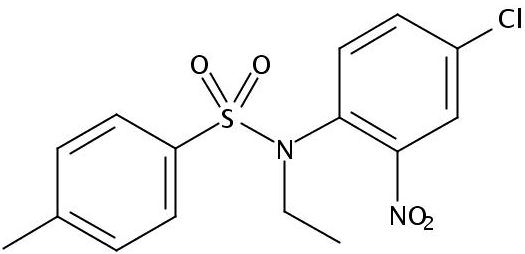
 Solution 3.PNG)
